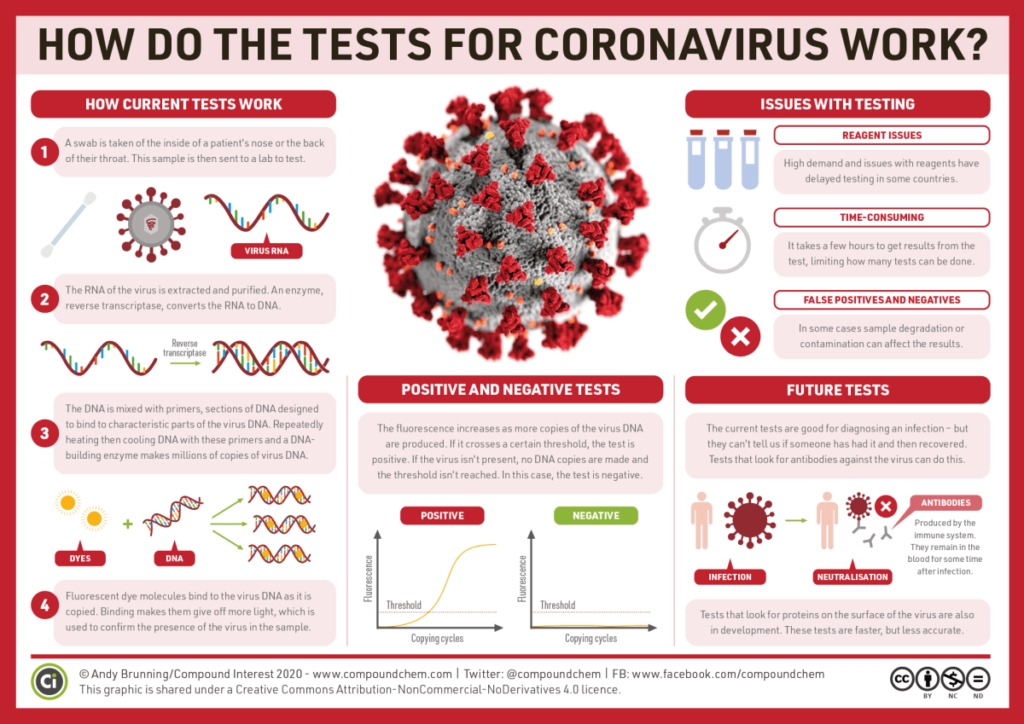Focus: GS-III Disaster Management
Why in news?
- German researchers plan to regularly test over 100,000 people to see if they have overcome infection with coronavirus (COVID-19) to track its spread, an institute behind the plan confirmed on 27th March 2020.
- You could give immune people something similar to a vaccination certificate that could allow them exceptions from limits on their activities.
Issues with the move
- But even if the study is approved, initial readings might not be completely reliable.
- Tests currently available can show false positives for coronavirus antibodies, as 90% of adults already have immunity against common, harmless viruses from the same family.

What are antibodies?
- Antibodies, also known as immunoglobulins, are Y-shaped proteins that are produced by the immune system to help stop intruders from harming the body.
- When an intruder enters the body, the immune system springs into action.
- These invaders, which are called antigens, can be viruses, bacteria, or other chemicals.
- When an antigen is found in the body, the immune system will create antibodies to mark the antigen for the body to destroy.
Function of Antibodies
- The antibodies act sort of like the immune system’s scouts.
- They find antigens, stick to them, and identify for the immune system the exact type of antigen so that it can be destroyed.
- Each antibody is made for one and only one antigen, and it’s fitted with special receptors that will only bind to that antigen.
- For instance, a specific antibody is created to help destroy the chickenpox virus. Only that particular antibody will attack a chickenpox virus.
How does antibody test work?
- Antibody tests look to see if someone has been exposed to a specific antigen, like a virus.
- The British tests are designed to work in one of two ways. They either detect human antibodies in blood using an antigen designed to be similar to a feature of the virus. Or conversely, the test detects the virus in blood using a antibody designed to trap the virus.



